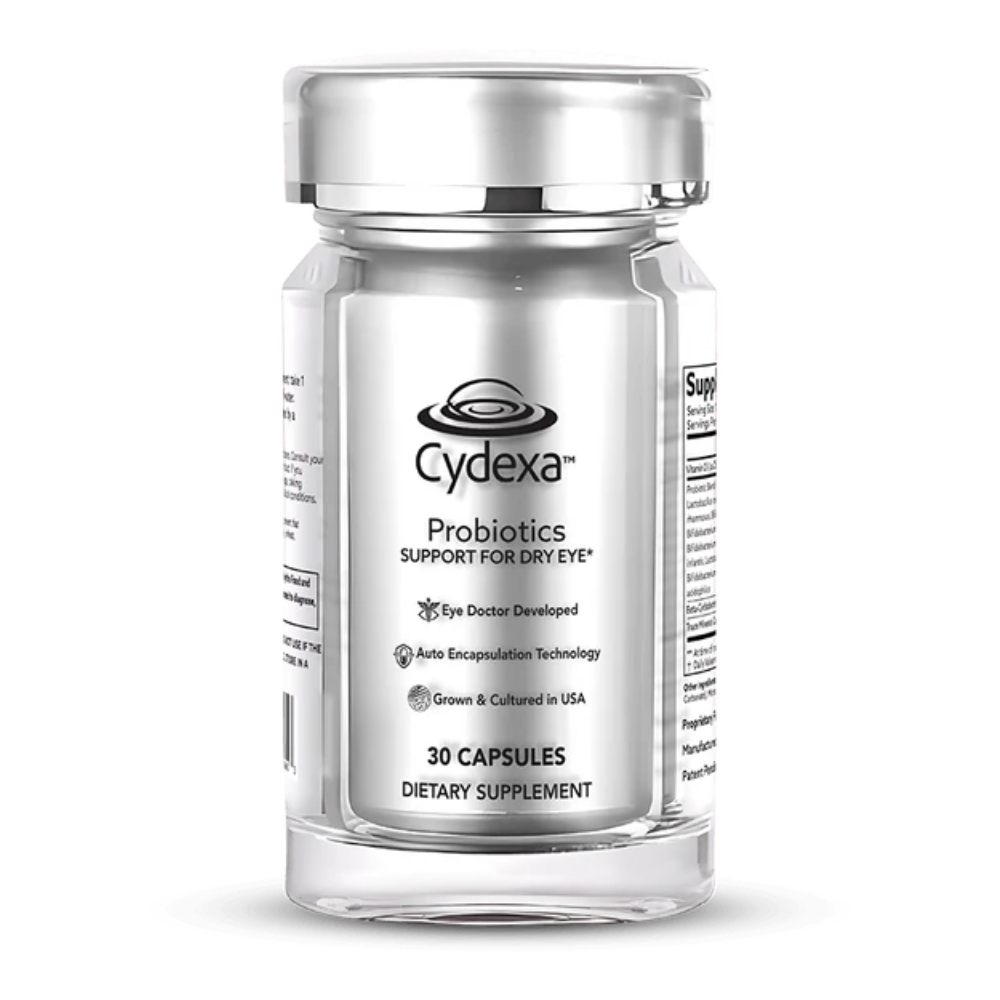We hope to dispel the fear and confusion this study has caused. To get a clearer picture of the study, it's helpful to understand the difference between microbial cell cultures and mammalian cell cultures derived from mammals such as humans.
There are two main types of cell cultures, microbial and mammalian. Mammalian cell cultures, like the MG cell cultures, have specific requirements for growth and can't just be left on a bathroom countertop with water. To keep them alive, a special mixture of nutrients, inorganic salts, hormones, and more is needed, along with precise control of temperature, humidity, and pH. Deviating from these conditions can result in the death of the cell culture. On the other hand, microbial cell cultures like fungi can grow with just water. This is why preservatives are used in products containing water - to prevent the growth of unwanted microbes. In the case of the meibomian gland cell culture study, using water to "grow" the MG cell culture will actually kill it. Would we be afraid of water if we discovered that water could kill meibomian gland cell cultures? Absolutely not! This helps to explain the fundamental problem with the meibomian gland study – the wrong study design was used.
1. Wang J, Liu Y, Kam WR, Li Y, Sullivan DA. Toxicity of the cosmetic preservatives parabens, phenoxyethanol and chlorphenesin on human meibomian gland epithelial cells. Exp Eye Res. 2020 Jul;196:108057.



